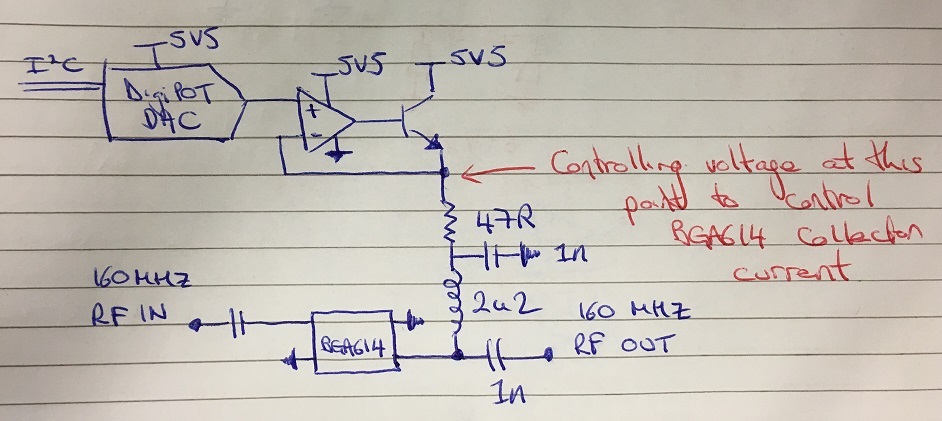Hi, I'm looking for an op-amp to buffer a signal and provide an output of 2 -> 5V to a load of 100 - 200R. This would require driving the load with 50 - 100 mA. The TLV342IRUGR has a specified output source current of 115 mA, but I'm not sure if this just means an absolute max or a max where the output voltage signal will be maintained? Will the voltage output have degraded substantially at roughly this current? If so, what are my options for op-amps capable of driving 50-100mA over 2-5V without significant degradation?
Many Thanks,
Dave


